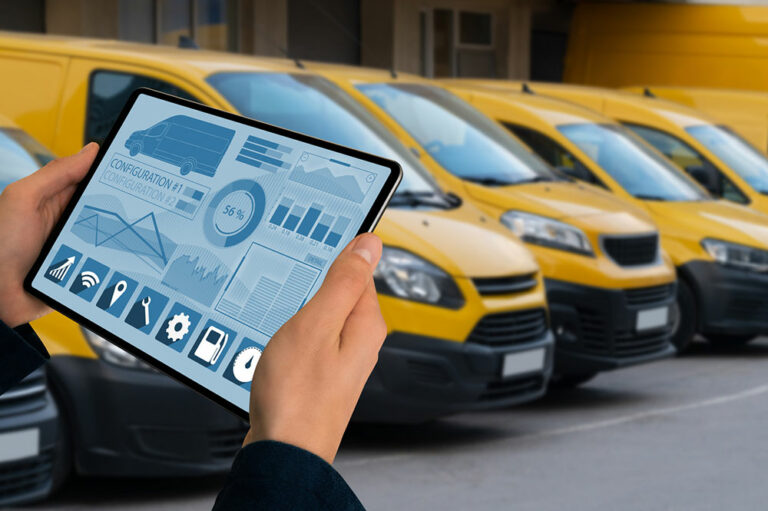
technology
Top 10 Features of the Apple Vision Pro Headset
The most anticipated product by Apple, the Vision Pro headset, is most likely to be released in early 2024. It is a wearable device that combines augmented and virtual reality capabilities, enabling users to enjoy an immersive and interactive digital experience. Apple refers to it as spatial computing rather than a VR headset, as it allows users to interact with it through their eyes, voice, and hands. Let’s take a look at its features. What are the functions of the Apple Vision Pro headset? In simple terms, when using a smartphone, tablet, laptop, or desktop, everything that the user sees is displayed on the screen of the device. However, with the Apple Vision Pro headset, the images and apps can be projected in front of the user on the headset. The user can now activate the apps using eyes, hands, and voice. Moreover, one can interact with visuals through hand gestures, tapping, pinching, holding, zooming, and rotating. Users can adjust and choose the level of immersion and decide whether to see the physical world or the people next to them while using the headset. They can adjust the size of the display based on the available space and its brightness. Some simulations possible through Apple Vision Pro: Side-by-side display of multiple screens in the headset Activation of an app by looking at it Using the Environment feature and transform the physical surroundings into a beautiful landscape. Creating a digital persona matching the user’s facial expressions, eye and hand movements. FaceTime with contacts through life-sized floating tiles Watching movies Collaborating while on a call Expanding panoramic photos all around the user Main features of Apple Vision Pro Headset The Apple Vision Pro Headset has an intuitive interface that allows users to personalize, set up, and create digital personas. VisionOS Apple’s other operating system, visionOS, allows users to take advantage of the spacial experiences at work or home.





